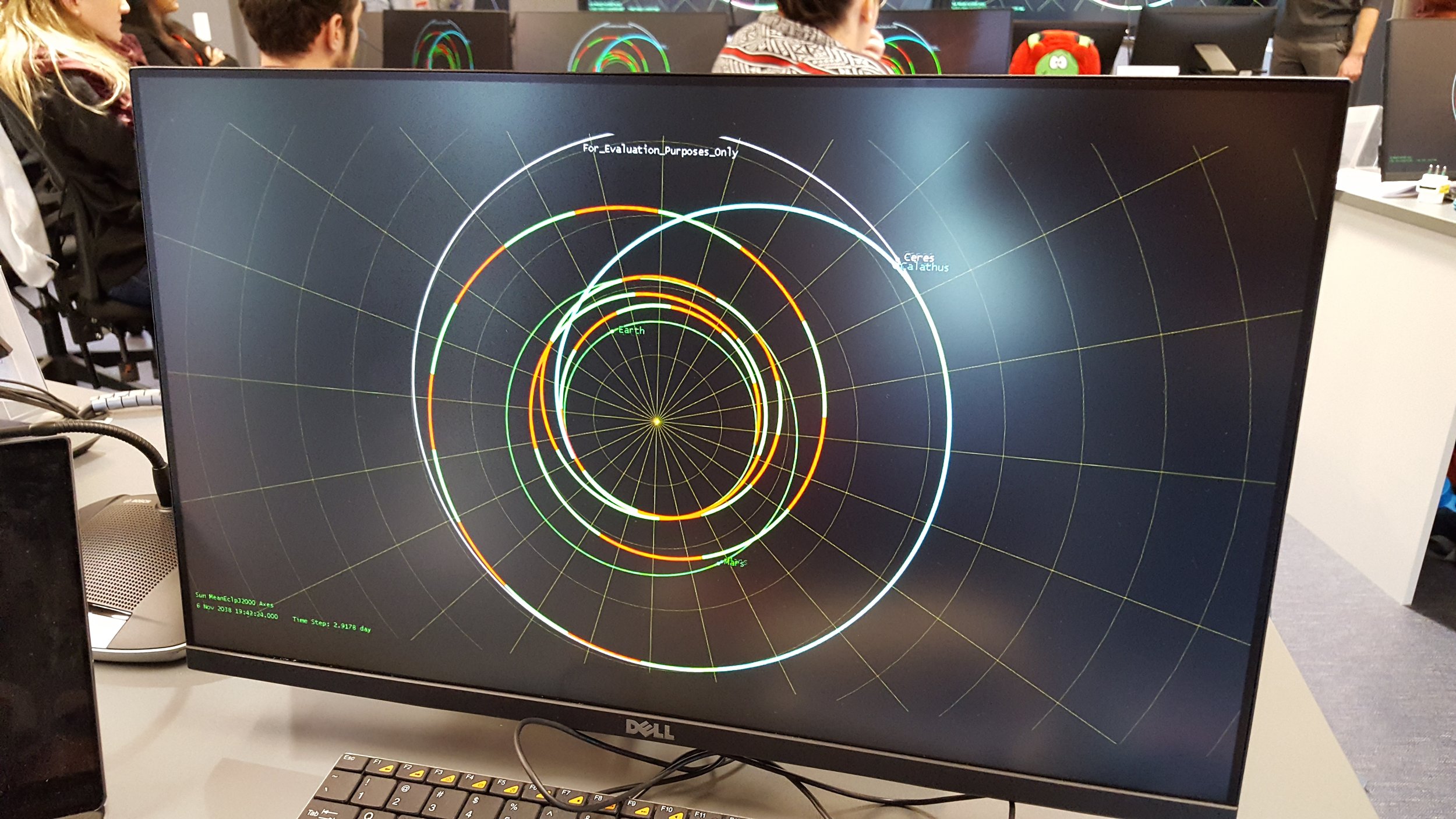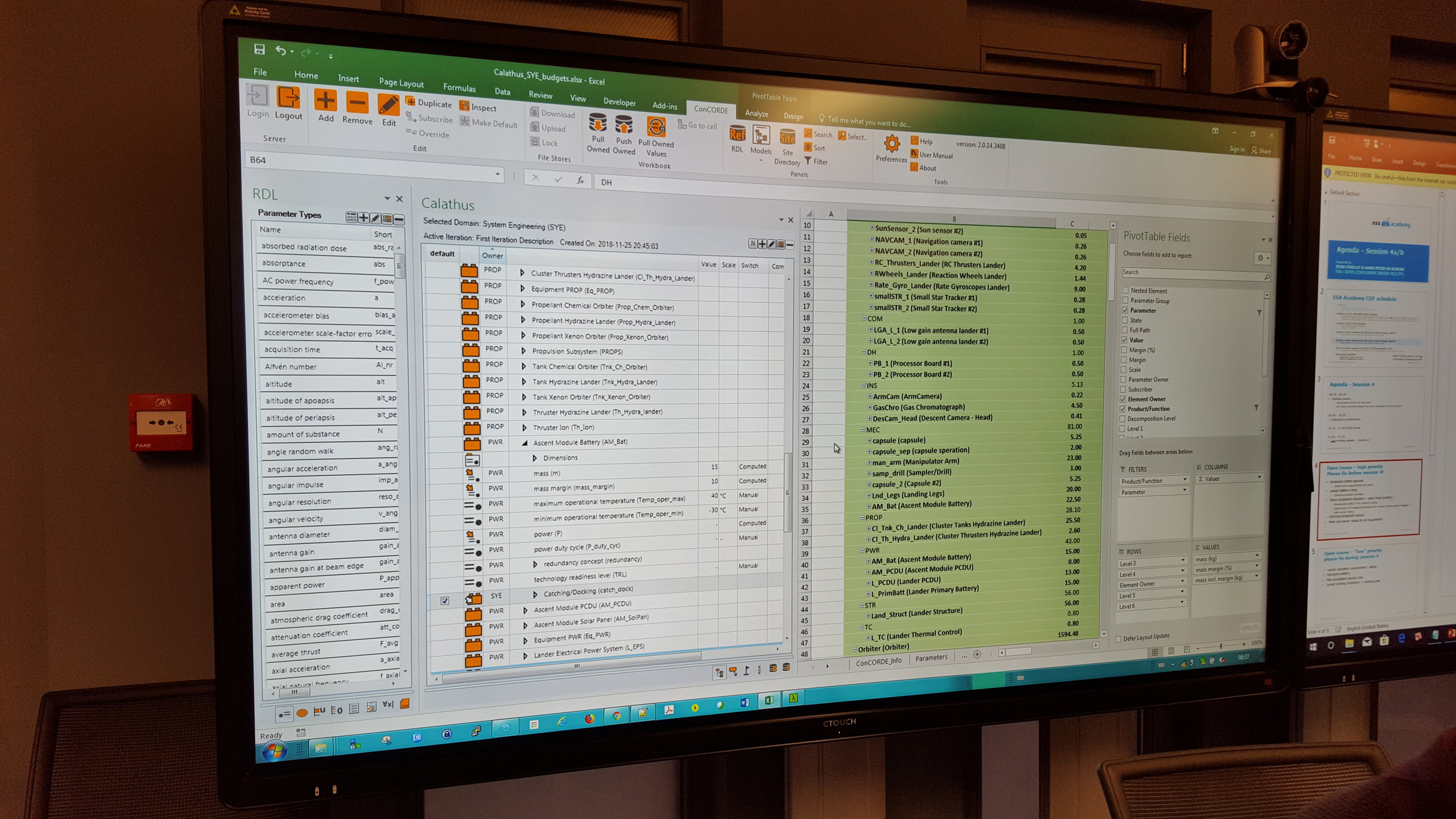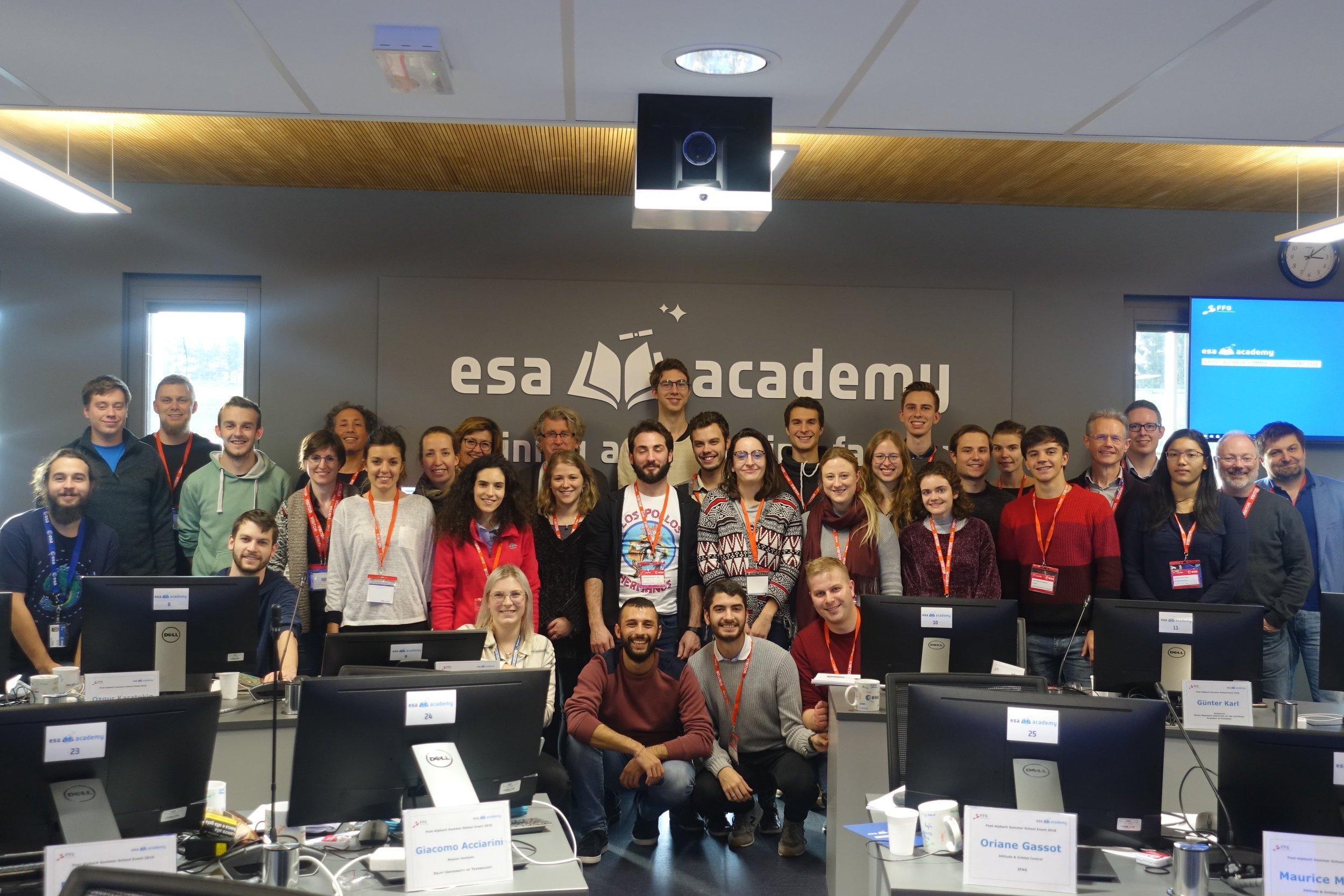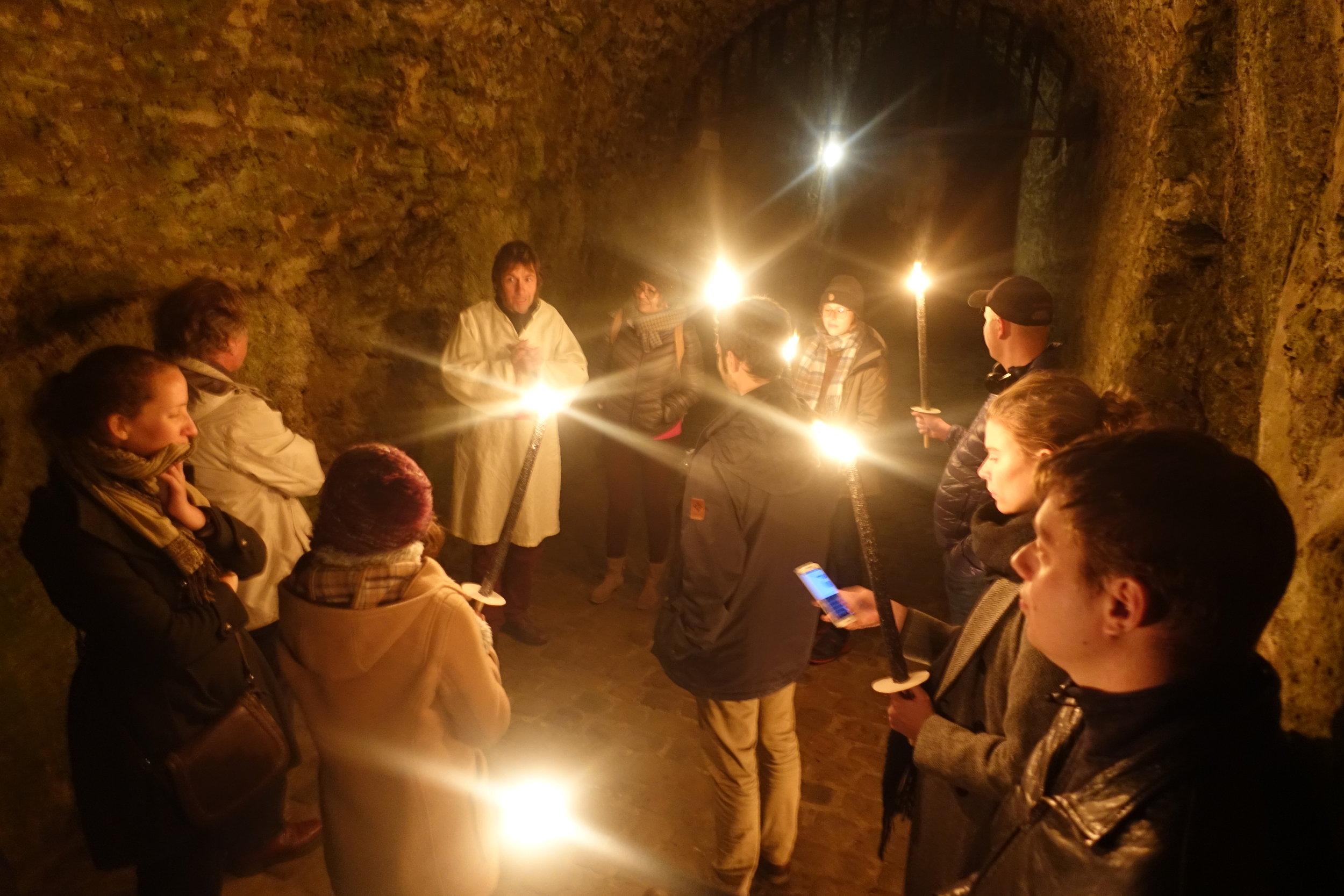The Post-Alpbach Experience at the ESA Academy
In a sentence: “I was selected from the initial 2018 Alpbach Summer School cohort to further develop our sample return mission to Ceres at the ESA Academy in Belgium”
Earlier this year I was fortunate enough to attend the European Space Agency’s annual Alpbach Summer School in Austria, where around 60 postgraduates or late-stage undergraduates learn how to design their own space mission. I had a fantastic time: my team designed a sample-return mission to Ceres, the largest body in the Asteroid Belt, to better understand its perhaps water-rich subsurface and the chances for life in unexpected places. Our mission was selected for further ‘Post-Alpbach’ development at the ESA Academy training facility in Belgium, and I was one of 24 students chosen from the original sixty to participate last week.
Our goals were to up the realism of our original mission: tighten the parameters, draw the blueprints, figure out the maths; essentially, to show that our mission was flyable. To do so we had access to the same equipment scientists and engineers use in real space missions. We spent our week at ESEC-Galaxia (the European Space, security, and Education Centre) in Transinne, Belgium, where we worked as pairs in different engineering sub-systems. My role was specifying the instruments we would fly, their justification, and their parameters. This meant I had to fight both as a scientist for the why we needed them, but also as an engineer – entirely new to me – for the how. If I wanted a radar to peer below the surface of Ceres and search for pockets of liquid water or ice, could we fit the necessary two-metre-long antennae into our configuration? If we wanted to return 10 photographs as quickly as possible upon landing on Ceres’ surface, how fast could we send this data back to Earth? We all soon realised that every sub-system – from instruments, to mechanisms, to communications, to propulsion, and so on – was interlinked, and that no decision could be made without first consulting multiple specialities.
For me the most exciting part about the week was how real the planning felt. Unlike in Alpbach in summer, where our design took place in the local schoolhouse (and where “See you at the schoolhouse” became the ominous promise of a long, late night), in ESEC we had dedicated desks with microphones for relaying updates, and we used concurrent design software to instantaneously share our latest calculations or figures. This is how engineers operate during real missions; it was particularly touching to watch together as NASA’s InSight lander touched down on Mars, and to see our own workspace’s layout much reflected in the NASA control room. We also grew far closer as a team given how well we already knew each other, and meals were always a time for great conversation and shared stories from across the many European nations taking part.
By the end of the week, we had a spacecraft. Our mission at the original Alpbach school was named Calathus after the basket used by the goddess of agriculture, Ceres, to carry home the harvest. Here was Calathus new and improved. Our orbiter now held two cameras for in-depth surface mapping, both in visible and further along the light spectrum, enabling us to map the chemistry of the Cerean surface; we had a thermal mapper, capable of detecting changes in surface heat that could point to some recent geological activity; and we had our radar, perfect for probing what was going on just below that inscrutable surface.
On our lander, which was designed to touch down and drill out five samples, we had a camera capable of taking fantastic panoramas (always handy for public relations); we had a mass spectrometer, into which we would feed one of our five samples to understand the types of volatiles that were present (lighter elements like hydrogen, carbon, oxygen, and nitrogen, which might become gaseous and lost on the return journey); and lastly of course we had our drill, which would stow four centimetre-scale samples on board for return to Earth.
With its work done, our lander – named Piazzi after Giuseppe Piazzi, Ceres’ Italian discoverer – would then propel back up to rendezvous with the orbiter. The two safely dock, and then begins the long journey home to the eager hands of the scientists awaiting them.
The mission would only launch in the 2030s, giving time for the relevant technologies to develop, and the samples would only return in the 2040s, as per the distance between the Asteroid Belt and Earth. And yet, the thought of working on a timescale of three decades to see a mission completed is daunting but not discouraging. The work for ESA’s flagship mission Rosetta to comet 67P/Churyumov-Gerasimenko began in 1994, but the mission only arrived in 2014; likewise NASA’s mission to Pluto, New Horizons, began planning ideas in 1992 and arrived in 2015. My teammates and I are about to write our proposal as a paper for the scrutiny of the scientific and engineering communities, and who knows – perhaps at the next call for mission proposals, or the next, we might be ready to make the official case for Ceres.
Either way, through the ESA Alpbach school and my subsequent time at the ESA Academy, I learned more about space mission design than I ever hoped I would, and I recommend the experience to any student scientist or engineer who dreams of exploring the vast emptiness of space.









All images courtesy of the European Space Agency.








